One of the more hotly discussed topics during the course of the 6th generation Bronco’s development has been its suspension and drivetrain. And specifically, the solid front axle vs. independent front suspension (IFS) debate. But we’re not here to weigh in on that hot potato. Instead, we’re going to look at the existing suspension that ended up on the Bronco; how it works; and how it might be modified by the aftermarket in the months and years to come.
Front Suspension
Ford hasn’t used a solid axle on the front of the Bronco since 1979, when they switched to the Twin-Traction Beam front end for the 1980 model year. In the process, it became the first independent suspension used on a full-size domestic 4WD vehicle.
In the decision-making process for developing the Twin-Traction Beam front end, they also considered the double A-arm, or SLA (short-long arm), style suspension. They dismissed it due to concerns about ground clearance when the suspension was compressed. Now, 50 years on, the SLA front suspension is the standard front end for SUVs and light duty pickups. Some of the Bronco’s competitors, like the Toyota 4Runner, use the same suspension. While the two A-arms locate the wheel, a combination shock/coil spring, usually referred to as a “coilover,” performs suspension duties and holds the vehicle at ride height. This type of suspension has proven to work very well in both on-road and off-road situations, with its only major drawback being less wheel articulation in extreme cross-axle articulation situations than a solid axle suspension can handle. It is also easily lifted 1-3” without major modifications to the vehicle.
Ford has chosen to use a high-quality coilover setup on the new Broncos, and it is receiving rave reviews from enthusiasts and testers alike. However, there’s always room for improvement –– and many owners will be looking for options for suspension kits that lift the truck a few inches for larger tires.
When lifting the front end, the coilovers are usually changed out for taller units that have some adjustability to them in terms of spring lengths, offering a range of lift heights. Spring rates can also be adjusted from stock. Expect aftermarket suppliers to offer coilovers with larger diameter shock bodies, larger remote reservoirs, and larger diameter shock shafts for more extreme use and conditions.
On a front end like the Bronco’s, a suspension lift will place the suspension arms at a steeper angle than stock, which places the ball joints at a greater angle and closer to maxing out their travel when the suspension droops. To counteract this phenomenon and keep the camber curve of the tire correct through its range of travel, most companies will offer a tubular steel upper suspension arm with revised angles, arc of travel, and a revised joint that connects to the knuckle. In the past, most builders have used spherical bearings, also known as uniballs, for this connection. The uniballs are maintenance items and need to be replaced on regular basis due to slop and wear. Recently, several manufacturers, including Icon Suspension and 4 Wheel Parts have introduced high-quality aftermarket ball joints for the upper arm that combine the best features of stock ball joints (low maintenance) and uniballs (high angularity movement, strength).
When considering a suspension system, pay attention to how the size of tire planned for the Bronco works and interacts with the body. If the tire is too large, it could come in contact with the fenders or other body parts, requiring taller or modified bump stops which may *decrease* the suspension travel compared to stock. The Broncos also have crash bars protruding from the frame rails to limit intrusion into the passenger compartment in the event of a crash. If a tire is too large, it may hit or rub the crash bars during suspension movement. It is likely that aftermarket manufacturers will offer revised versions of these bars in the future for tire fitment.
To gain even more travel, expect companies to offer upper and lower control arms that are wider than stock by 4-6.” This is a common method used on other vehicles with the same type of front suspension including ½ ton pickups from Ford, Chevy, and Toyota. With the expected ease of modularity with the new Bronco’s fenders, expect the aftermarket to develop fiberglass fenders to cover the widened track width.
Rear Suspension
Things are a little easier out back on the Bronco in terms of modifying the suspension. The rear suspension is comprised of four trailing arms (two uppers and two lowers) to locate the solid axle fore/aft. To keep it centered laterally, a panhard bar is attached to the axle housing and the frame. A coilover shock is used at each corner.
To lift the Bronco in the rear, longer coilover shocks are again used. The coilovers’ mounting points are key in keeping the shocks from contacting the frame rails as the axle articulates. Pay attention to how the various manufacturers do this when their systems are introduced. As with the front coilovers, expect larger shock bodies, taller springs, larger diameter shock shafts, and larger remote reservoirs on the rear coilovers from aftermarket.
Since the lower shock mounts are also a bit vulnerable in the rear, manufacturers will likely develop armor to help protect this area of the chassis.
As the rear suspension is lifted, looking at the side of the Bronco shows that the trailing arms are now at a steeper angle and the truck’s wheelbase is effectively shortened. A longer lower arm is needed to get the wheelbase back to stock and preserve the rear differential’s pinion angle. The aftermarket will likely offer custom arms with heavy-duty joints for this piece. Aftermarket panhard bars will need to be longer to accommodate lifts. Some may offer revised mounting brackets to preserve factory roll center settings.
The new Ford Broncos are an exciting addition to the four-wheel drive marketplace for many reasons. The anticipated aftermarket parts bonanza for these rigs will be enormous, and one of the key areas that aftermarket companies will target is the suspensions of these rigs. If Jeeps and Toyotas are any indicators of what is to come, expect a myriad of suspension options to be available in the coming years. Understanding how the Bronco’s suspension works and how it may be improved are key in selecting the ultimate set up for your planned use of your new Ford Bronco.
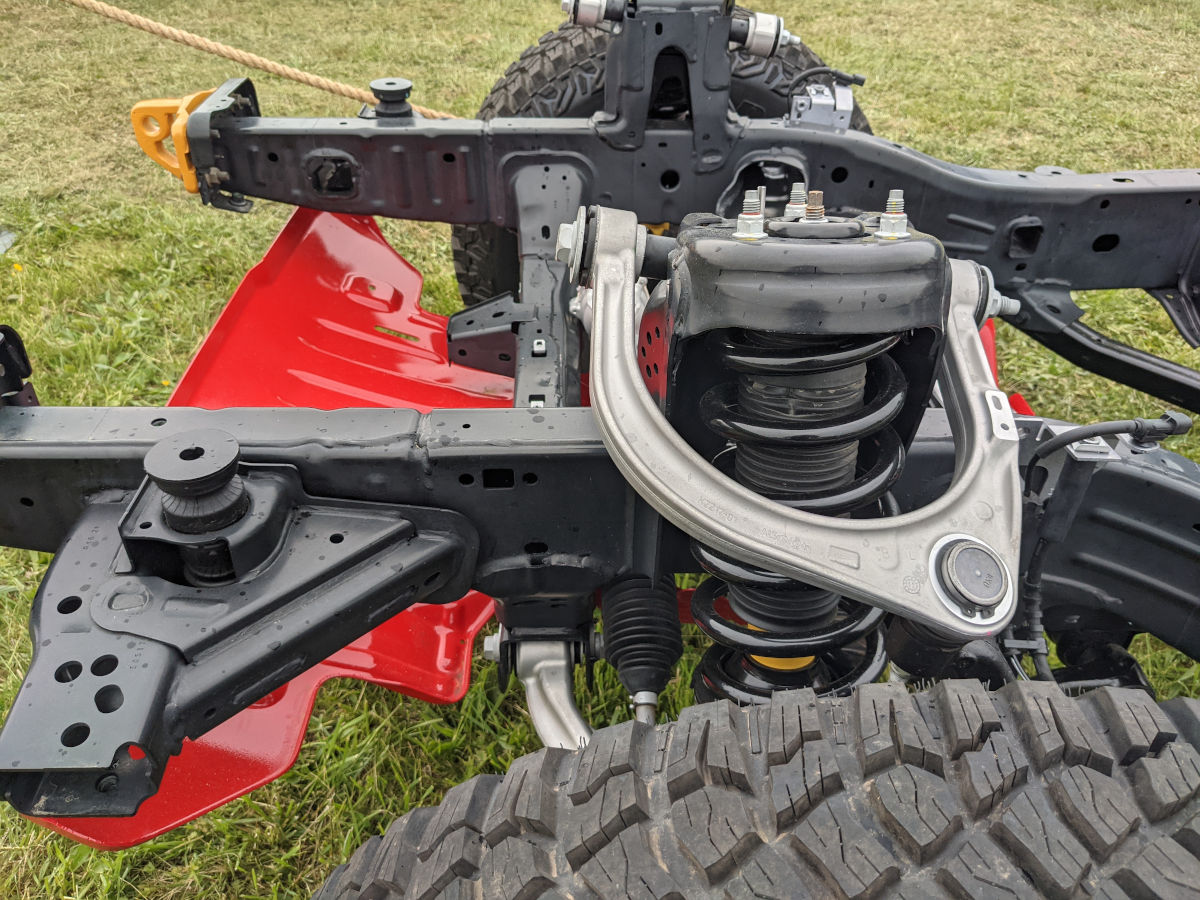
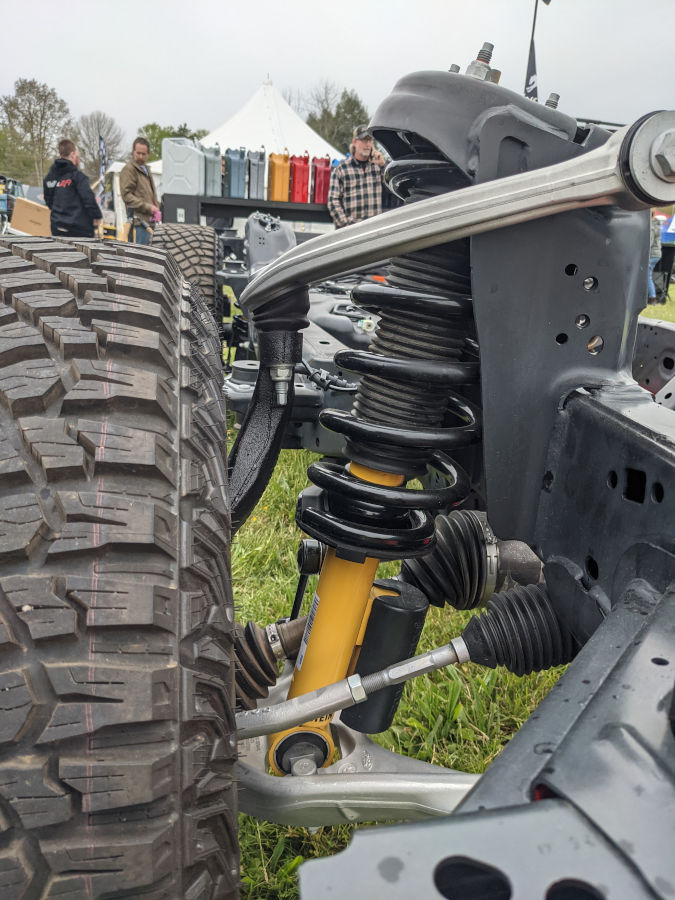
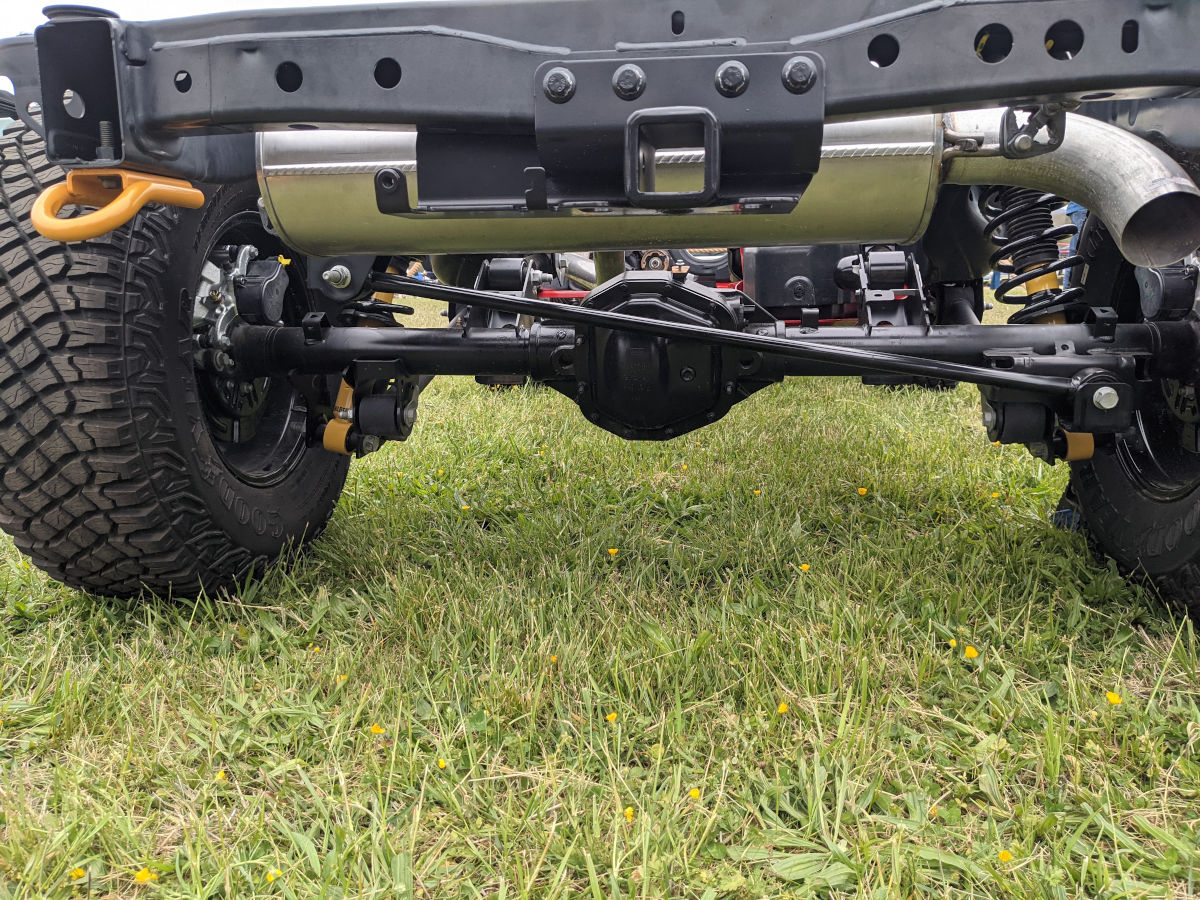
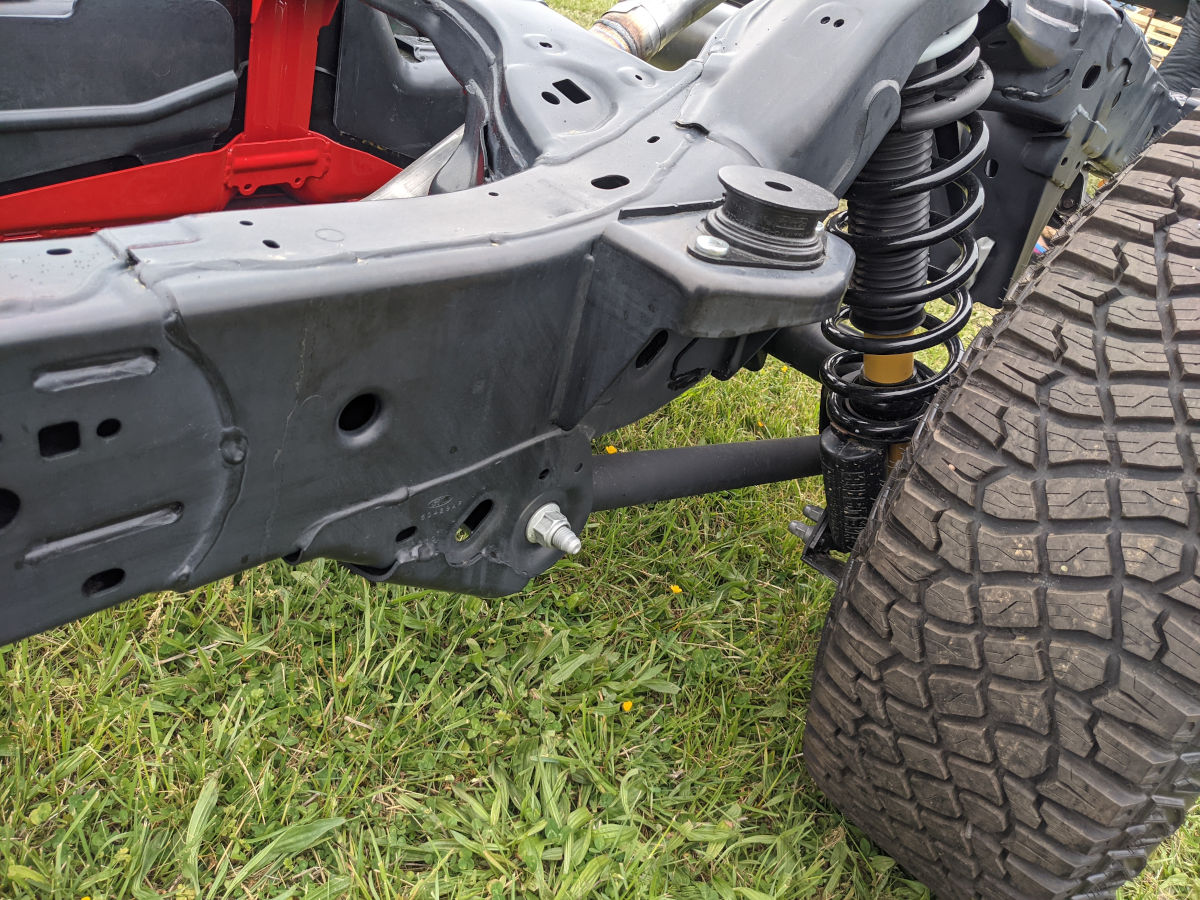
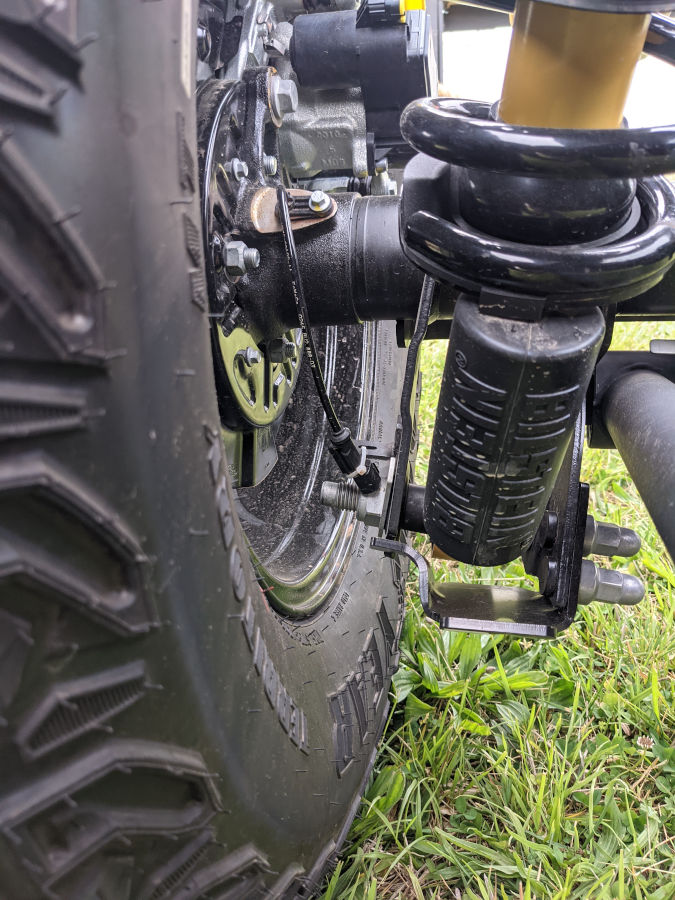
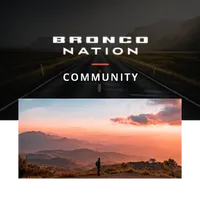
Comments
You must log in or register to post here.